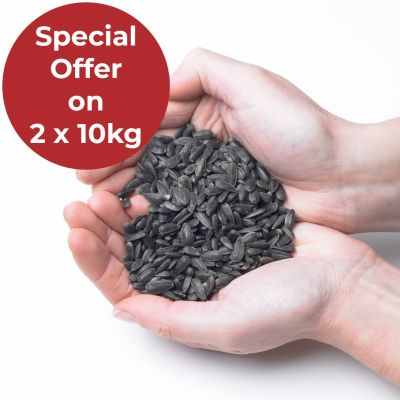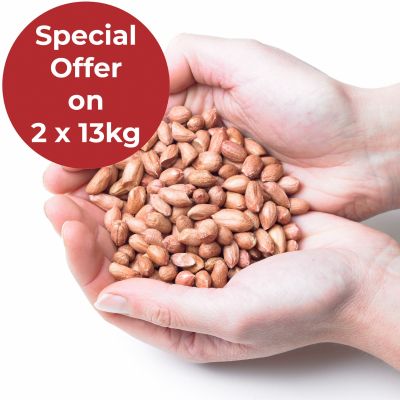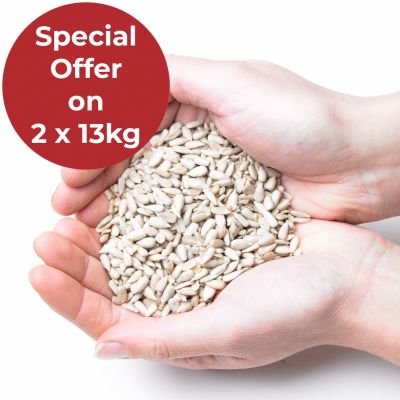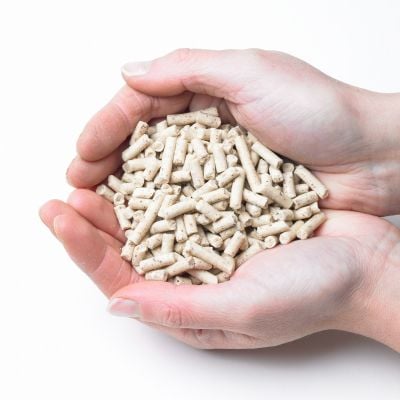Great Tit Factfile
The largest of the tit family in the British Isles, the Great Tit it is easily recognised by its black head and black breast stripe, bright yellow belly and olive green back. It is a common bird, and indeed has adapted well from its natural woodland habitat to breed in gardens, parks and suburban areas generally. Part of this success is down to its willingness to breed in nest boxes put up in gardens, plus is adaptability to eat different foods. It has a very distinctive two-note song which is often referred to as sounding like ‘teacher-teacher’.
Video footage of Great Tits
Great Tit nesting and breeding habits
In its ideal habitat of mature woodland the Great Tit would build its nest in a hole in a tree, but in other areas will also use a hole in a wall, a gap in rocks, or sometimes the old nests of larger birds and squirrel drays. In gardens it readily takes to nest boxes, which ideally will have a 28mm hole and be out of prolonged direct sunlight (east facing is ideal). The nest consists of thin twigs and/or roots, plus moss, grasses and lichen, then lined with soft materials such as hair and plant down. The nest building and incubation is carried out by the female alone – though the male will feed her whilst she’s on the eggs – then both parents tend the young. There are approximately eight eggs in the clutch and normally just one brood, though sometimes there is a second if conditions are right and there is sufficient food available.
Great Tit history and population trends
In the UK, Great Tit numbers have increased steadily since the 1960s. There is limited evidence that this may be due to the increased availability of food in gardens in the winter months, plus a trend for milder winters.
Behaviour traits of Great Tits
The Great Tit is bold in its behaviour and is also often aggressive at nesting sites – including evicting smaller species of tit – and at feeding stations. It has also renowned for being a relatively intelligent bird, with the ability to quickly adapt and learn new tasks in order to obtain food. A characteristic behaviour which can easily be observed in gardens where food is provided, is when the bird takes a black sunflower seed from a feeder or table and then flies to a suitable perch, holds the seed in one or both feet, then chisels away at the husk to get at the kernel inside. This behaviour also takes place in its natural woodland habitat with seeds including hazel, though the tough shell will take the bird around 20 minutes to penetrate.
Great Tit diet and food
Like other species of tit, the Great Tit eats a wide variety of foods and changes are often driven by season and the habitat it lives in. However, its main preference is for insects, and, when feeding young, caterpillars are a key food. It will also eat spiders and small earthworms, then will switch to seeds, nuts, berries and buds as and when needed, and available. In gardens, they especially like black sunflower seeds and sunflower hearts, peanuts in a hanging mesh feeder, plus suet blocks and suet fat balls.
What should I feed Great Tits?
We recommend the following products to help attract Great Tits your garden.
Bird Food
Frequently Asked Questions
What to feed Great tits?
Great tits eat a wide range of garden bird foods, including peanuts, sunflower hearts, black sunflower seeds and all types of suet product.
How big are Great Tits?
Great tits are the largest species of tit we have in the British Isles, with their length ranging from 12.5 to 14 centimetres.
When is the best time to spot a Great tit?
First thing in the morning is the best time to spot Great tits, as like all songbirds this is when they most need food. However and especially during the winter months when days are shorter, Great tits can be seen at any time of the day and right up until dusk.
Where is the best place to spot a Great tit?
As Great tits are naturally a woodland species, then any area with plenty of trees will likely have at least some Great tits in it – especially if the trees are mature.
Do great tits mate for life?
Although Great tits are monogamous in their breeding behaviour, they do not necessarily mate with the same partner in successive years. It’s also worth remembering that, like all small songbirds, Great tits have a very short lifespan – in their case typically three years, though with many birds not surviving to even reach breeding age at one. Therefore this further reduces the chances of the same pair breeding in successive years.













